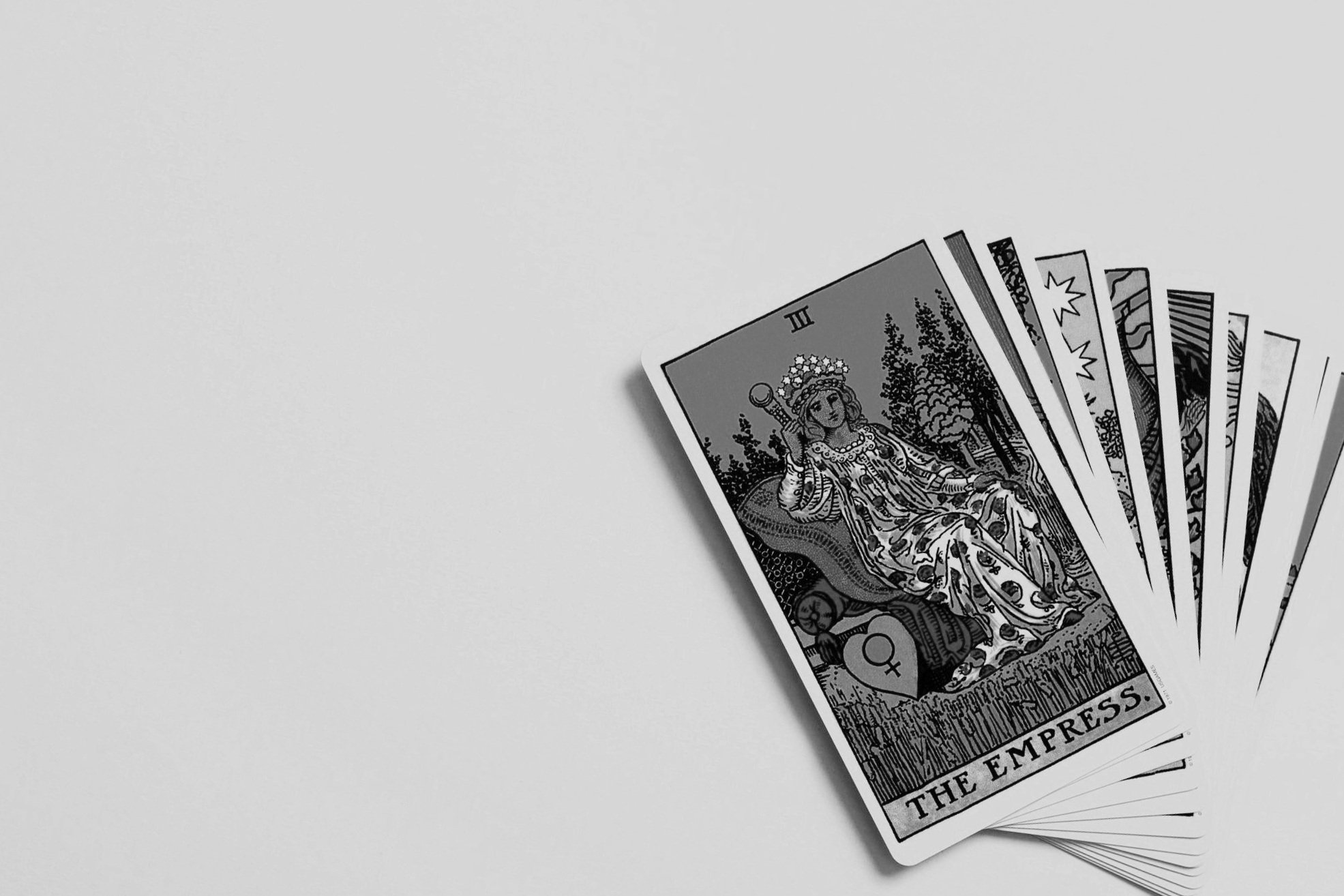PREDICT YOUR RISK

In an ever-changing world driven by uncertainty, the significance of risk management cannot be overstated. Being able to effectively identify, analyze, and mitigate risks is crucial for organizations that want to remain protected and competitive. It is important to acknowledge that risk management is an arduous task, one filled with complexities and uncertainties that pose significant challenges. Tarot takes everything we know about our day to day and streamlines it, giving teams the back the time and resources they need to do what they do best.

Risk Management is Inherently Challenging
-
The foundation of risk management is built upon the concept of uncertainty. Predicting future events accurately is inherently difficult when faced with volatile market conditions, unforeseen geopolitical events, and rapidly changing technological landscapes. Risk managers find themselves grappling with an impenetrable fog of unpredictability, making it a daunting task to successfully assess and address potential risks.
-
A single failure or vulnerability can have far-reaching consequences, disrupting the entire ecosystem. Effective risk management requires constant vigilance and expertise, with a dynamic approach that considers the intricate complexity and interconnectivity of your organization.
-
Risk management is further complicated by the dynamic nature of risks themselves. The landscape of risks constantly evolves, driven by emerging technologies, shifting consumer behaviors, and novel market dynamics. Static risk frameworks struggle to keep pace with these rapid changes, leaving risk managers grappling with the need for continuous adaptation and the development of innovative risk management strategies.
-
Despite advances in technology and analytical tools, humans are at the core of risk management processes. Unfortunately, we are not always rational decision-makers. Cognitive biases, such as overconfidence, anchoring, and confirmation bias, can cloud judgment and hinder effective risk management. Human intervention, although necessary, introduces an element of subjectivity that adds layers of complexity to the risk management process.
-
Risk management is not about avoiding all risks, but striking a delicate balance between risk and reward. Determining the optimal level of risk tolerance requires a comprehensive understanding of organizational objectives, stakeholder expectations, and risk appetite. This decision-making process demands extensive analysis and careful consideration.

How Tarot Can Help
-
Response
Avoid contributor burnout by using your existing tools more effectively. Add metrics to help you measure your progress and support your contributions.

-
Organization
Take the guess work out of your workstreams. Tarot organizes the people, processes, and technology required to meet risks in the field.

-
Impact
Dynamically assess risks to your organization’s unique risk profile and leverage mitigating control investments in all of your decision making processes.


Use Cases
-
Monitor your organization’s risk in real-time.
Improve high-level visibility of risk and mitigation factors associated to new vulnerabilities.
Drive engagement with dynamic dashboards and contextualized risk scoring.
-
Organize, prioritize, and pivot your teams with real-time risk tracking, tailored threat & exploit intelligence, and roadmaps tuned for agility and efficiency.
-
Service Desk: Reduce client downtime and mean time to remediate (MTTR) through “efficient interactions” powered by Tarot.
Security : Assess attack pivot potential, reduce issue prioritization time, and expedite identification of mitigating controls as part of story-building.Infrastructure: Identify management outliers, enhance currently available service data, and prioritize /promote proactive endpoint management.



